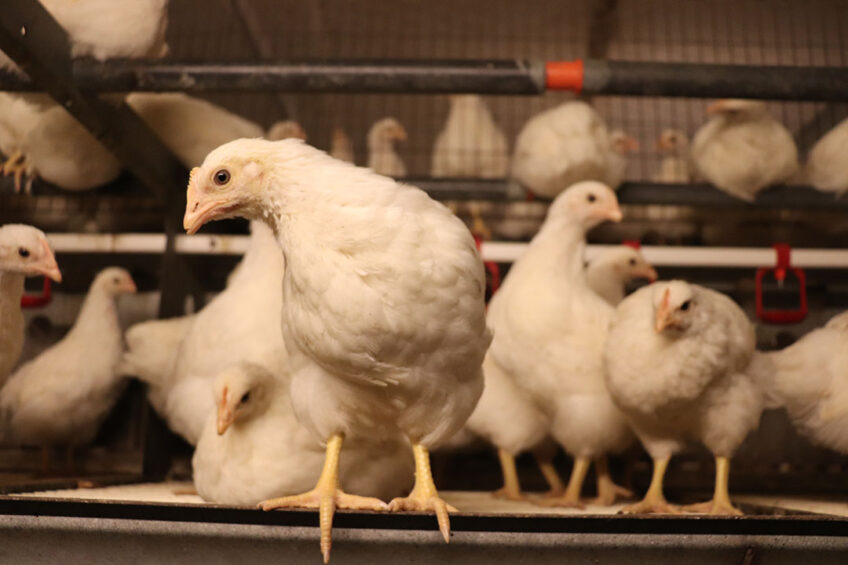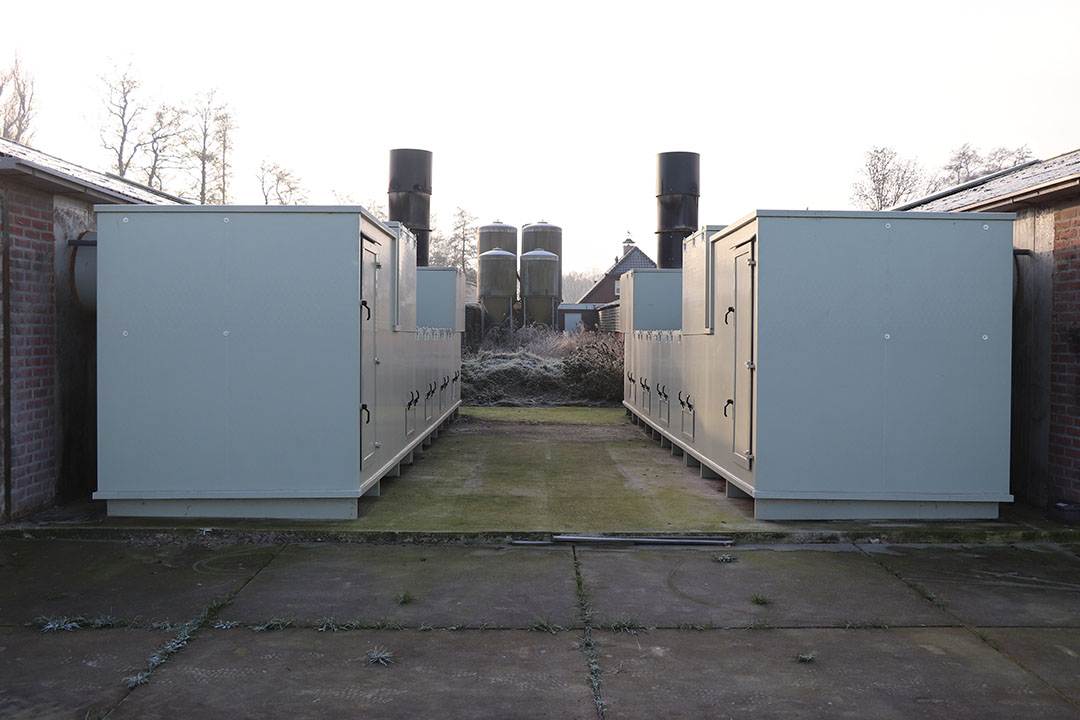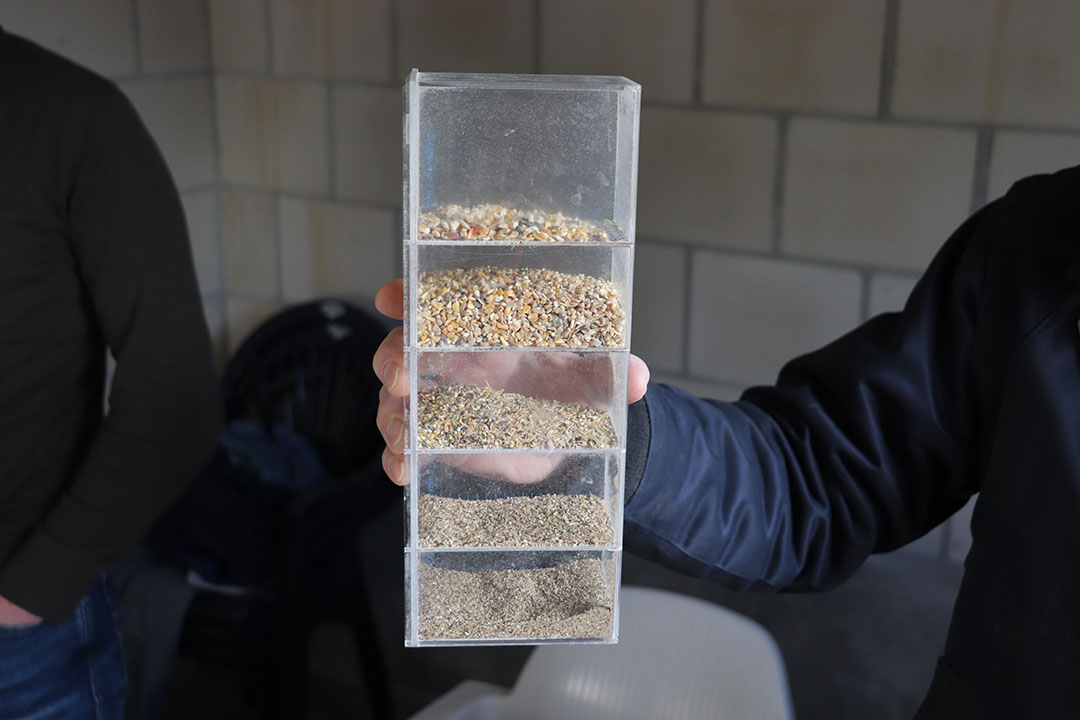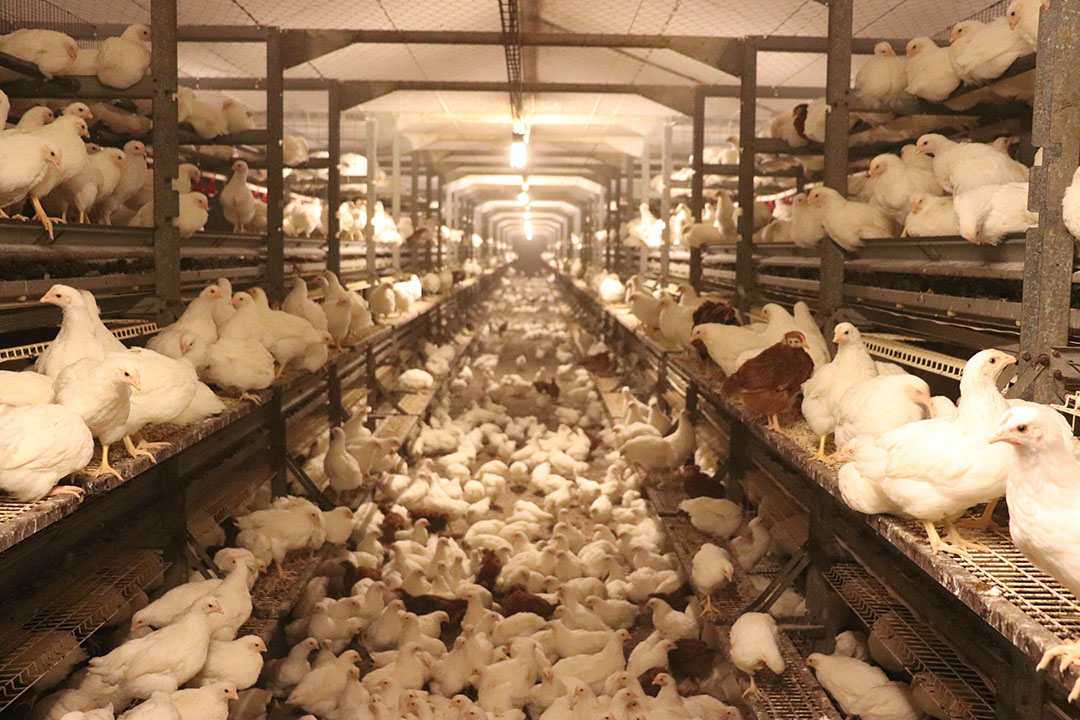Rearing layer parent stock: checking all the legislative boxes

The Van den Brink family in the Dutch town of Overberg switched 5 years ago from rearing layers to rearing layer parent stock. With the slightly higher compensations from breeding company Hendrix Genetics, the family started to future-proof their operations.
Farming runs in the blood of the Van den Brink family. Current owner Marinus van den Brink took over the mixed agricultural business from his parents in 1980. “When I grew into the business, we had dairy cows, sows and fattening pigs and, of course, our layer business,” he said. “At that time, the agricultural advisers had the idea that if you wanted to grow as an agricultural company, specialisation would be the way forward. So that is what we did. We started to specialise in rearing layers at the cost of the other species on the farm.”
The Van den Brink family decided to invest and built 2 new rearing houses for laying hens in 2001. They were able to house up to 60,000 birds in the houses. The Van den Brink family mainly reared LSL and Bovans laying hens.
Even though cage systems were still legal at the time of investing in the new houses, the owners looked over the horizon. A cage ban was talked about a lot, so the rearing laying hens were placed on an aviary system from Farmer Automatic. The dairy cows finally left the farm a few years after the new build of the 2 rearing houses. Van den Brink only kept 20 head of beef bulls. On 1 January 2022, Marinus’ cousins, Jan and Alex van den Brink, took the poultry farm over from their uncle. However, Marinus is still heavily involved in the day-to-day business.
Switch to rearing layer parents
In 1995, the sow barn on the farm was converted to a poultry house for an initial 12,500 battery rearing and later 4,500 Hubbard broilers. Van den Brink switched 5 years ago from rearing layers to rearing layer parent stock. According to successor Jan van den Brink, the main reason was the demand from their breeding organization Hendrix Genetics.
“They wanted us to switch to rearing parent stock, and the compensation was also a bit higher, so that is a nice bonus of course.” They mainly rear Isa Brown and Dekalb parents at the moment, with 10% males each. Hendrix Genetics chose this location of the Dutch breeder because there are relatively few other poultry farms in the surroundings. Furthermore, the capacity of 60,000 birds was also favourable for the breeding organisation. “And the fact that we are a good breeder, of course,” Jan laughs.

In 2001, the Van den Brink family decided to opt for a Farmer Automatic aviary system that is 3 tiers high. At that time, Marinus van den Brink and specialists from ‘Het Anker’ Chick hatchery and poultry farm travelled to Germany and other farms in the Netherlands to see which aviary system would be the most suitable choice. In addition to a good aviary system, many other things play a role in rearing a good hen.
Marinus van den Brink: “I watch the hen closely during rearing. What’s the plumage like? How is the feed and water intake? What does the manure look like? I go into the barn between 3 and 5 times a day to check this.”
According to the latest generation on the Van den Brink farm, every age requires attention when rearing hens. The parent birds arrive at the farm as day-old chicks. The first days they are fed by hand on chick paper. “During the first days on the farm, Alex and I really have to be on top of our game. During and directly after chick placement, we can make a difference with our expertise and knowledge.”
What is quite special is that the Van den Brink family always checks the compound feed for particle size after it has arrived. Van den Brink: “I always take a sample from the silo and put that right away through a sifter bowl. The bowl with an increasingly fine sieve shows exactly in which particle size range the compound feed has been supplied. The mesh size of the different sieves (5 sizes) of the sifter bowl is divided from smaller than 0.5 mm all the way up to bigger than 3.0 mm.
Van den Brink: “Often, the sample with the smallest parts (up to 0.5 mm) is too full. When you have too much ‘dust’ or very small parts in the feed, that limits the feed intake. If the particle range size is not well distributed, we will, of course, give feedback to the compound feed company.”

Legislative pressure
According to Van den Brink, the Farmer Automatic aviary system from 2001 now needs replacement. “Marinus has already visited a number of fellow breeders in the Netherlands and Germany to see which system would be the best fit for us. In the process, we mainly look for square metres of floor space available with each system or brand. That is because the European Union is in the process of changing stocking density legislation in the coming years. The maximum number of animals will be limited depending on the actual floor space available.”
So, at the moment, the family has 60,000 breeder laying hens, but as soon as this legislation comes into force, they are only allowed to keep a certain percentage less laying hens in the 2 houses, depending on the house layout and equipment. In principle, they could extend the houses and/or raise them slightly. Unfortunately, their options are limited, as high-voltage power lines run over the farm. That is why they won’t be expanding for the time being.
The parent stock flock remains the property of Hendrix Genetics. The males and females are moved to breeding farms for propagation. According to Van den Brink, Hendrix Genetics’ representatives aren’t regular visitors at the farm. “In our long-term relationship, they do trust the quality of our work. At the same time, we want as few visitors at our premises as possible in order to prevent the spread of animal diseases.”
Jan van den Brink: “We always ask and receive feedback from Hendrix Genetics after delivery to the breeder farmer.”
Some time ago, they adjusted their lighting schedule after receiving feedback. “We heard that the breeder saw birds reluctant to go into the laying nest, so we adapted,” said Van den Brink. After adjusting the lighting schedule at the Van den Brink family, things went well for the customer with the next flock. The Van den Brink family is now one of the permanent rearing farms for ‘Het Anker’ Chick hatchery and poultry farm, and they are quite proud of that.

70% ammonia reduction
The Van den Brink family has a heat exchanger on the air washer, the Air2-DS, from ITB Climate from the Dutch Boxmeer. With the Air2-DS no less than 70% ammonia and 50% particulate matter are reduced. Van den Brink: “This also means a 70% nitrogen reduction, something that is currently very important in the Netherlands in connection with new and future government legislation.”
The Air2-DS system works fully automatically based on temperature and negative pressure. The humidity behind an air washer is high, so the heat exchanger also functions as a droplet catcher. The energy released during the condensation of the outgoing air contributes to the heating of the incoming air.
Van den Brink: “The horizontal tube heat exchanger is compact, so it can easily be placed on the air washer in existing and new barns.”
According to the owner of the farm, the combination of meeting legislative demands now and in the future, together with investing in equipment that meet the farmer’s demands and efficiency parameters, makes their operation fit for the future.
Join 31,000+ subscribers
Subscribe to our newsletter to stay updated about all the need-to-know content in the poultry sector, three times a week. Beheer
Beheer











 WP Admin
WP Admin  Bewerk bericht
Bewerk bericht